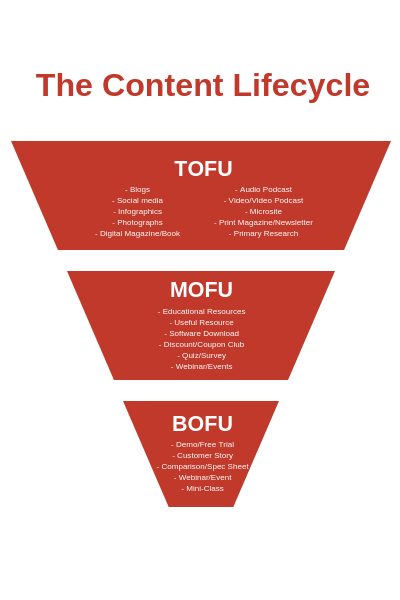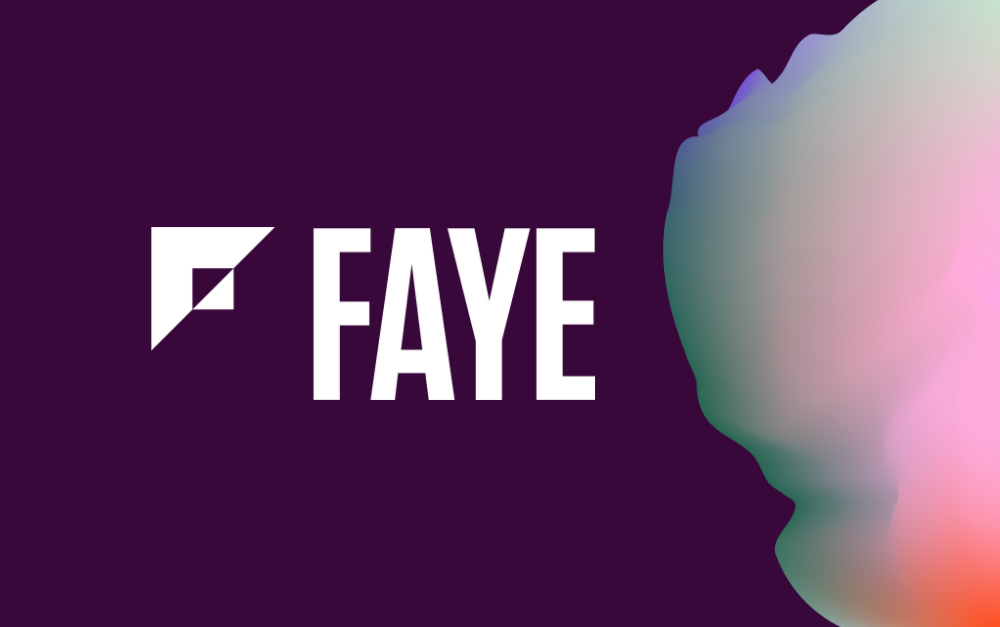
Whether content should be gated or not is one of the biggest debates that has been raging for years in the marketing community. Should you ask for simple contact information in exchange for the content you are offering? The contact information like the visitor’s name, email address, and phone number. While the argument for whether you should or shouldn’t gate content is undecided, knowing when and how to gate content is paramount. The number one thing to remember is to follow the customer journey.
What is gated content?
Gated content refers to requiring some sort of contact information in exchange for the content you are offering. For example, in order to get access to an e-book, you require a form fill. Usually, the form is either embedded in the landing page or it pops up. When the call-to-action button on the landing page, i.e. the download button, is pressed the form will pop up prompting the visitor to fill out the form. This strategy can be easily managed with a marketing automation set-up.
In general, marketers only gate certain types of content while leaving others ungated:
Content That is Usually Gated
- Webinars
- Demos
- On-demand webinars
- eBooks
- Quotes/Estimates
- Future Communications i.e. newsletters, sales
Content That is Usually Left Ungated
- Blogs
- Product Videos
- Tip Sheets
- Infographics
- Archived Newsletters, etc.
Pros and Cons
According to Starfleet Media, 80% of major B2B content marketing assets remain ungated. Content is one of the most valuable assets that your website has to offer and it is how your leads educate themselves on what your company has to offer. When deciding whether or not to gate your content ask yourself these four questions:
- How valuable is the content?
- Is it available elsewhere for free?
- What is the minimum amount of information you want for the content?
- How do you plan on using the information received from the lead?
There are several marketers who swear by gated content. They believe that it has specific benefits like the following:
- Generate sales leads
- Reflect the value of the content
- Filter out those who are just browsing
On the other hand, many marketers believe that gating content will scare potential leads away. They believe that leaving content ungated has the following benefits:
- Building trust with prospects and viewers
- Removing roadblocks for consumers
- Improving SEO
However, the answer may lie somewhere in the middle. The goal is to generate leads and build awareness, so it makes sense to do a bit of both. So, instead of deciding if you should gate, you should decide which of your content pieces you should gate and when.
Begin With the End In Mind
Oftentimes, we are too focused on what we want from our leads rather than their own needs so we end up gating the wrong content at the wrong time. First, create a new content marketing strategy by mapping out a plan. The first step to figuring out which content to gate and when is identifying your target customer personas and cross them against your business objectives.
Next, use your data and any sales and engagement history you have to map out the buyer’s journey. Remember that your buyer’s journey does not always match up with your sales funnel, they are different entities. You can then use this map to match your content to different stages of the buyer’s journey.
As a rule of thumb, it is better to gate content that is toward the end of the buyer’s journey. At that point, the prospect has invested time and effort into your company and they are continually engaging in your content. As a result, they will be more likely to actually give you their contact information.
There are three different types of content, TOFU, MOFU, and BOFU:
MOFU and BOFU content are far more informational and are usually the content pieces that appear further down the buyer’s journey. However, keep in mind that a few of these content pieces may appear on many different points of the buyer’s journey. For instance, a prospect may watch the same demo at several different points.
Additional Content
In addition, when you map out your customer journey you may discover gaps for additional content that you need to create. You may also see where there are opportunities to create premium content that can be gated.
Gating content can be quite beneficial to both the prospect and the business. People do not have an issue giving their email addresses but they must feel like they are getting something valuable in return.





